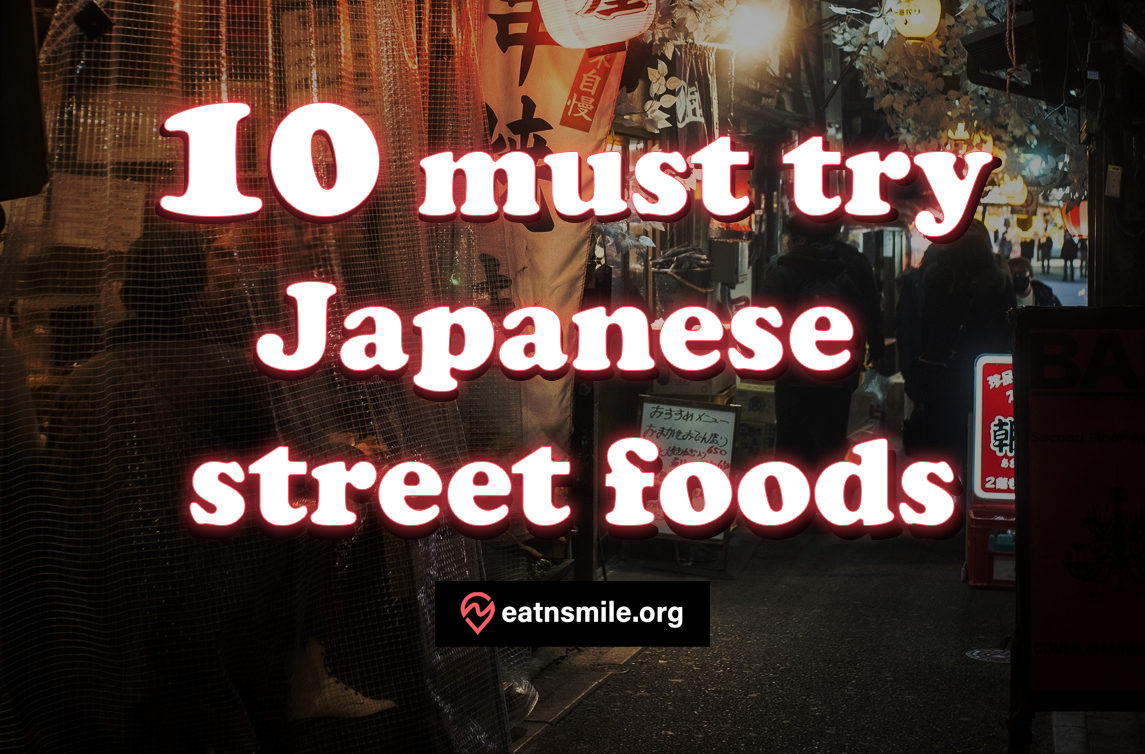
10 Must-Try Japanese street foods
Japan is a foodie’s paradise with a vibrant and diverse culinary scene. Visitors can enjoy a wide range of delicious and affordable options, including iconic dishes like sushi, sashimi, and ramen.
Additionally, Japan is also known for its world-class street foods.
Here are 10 of the best Japanese street foods to try when visiting the country.
Top 10 Japanese street foods
Takoyaki
Takoyaki is a delicious Japanese snack that consists of round balls of batter filled with pieces of octopus and other ingredients. It is cooked in a special pan with hemispherical molds that give it a crispy exterior and a fluffy interior. Takoyaki is usually served with a savory sauce, mayonnaise, seaweed flakes, and bonito flakes, which add more flavor and texture to the dish.
Takoyaki has a unique taste that is hard to describe, but it is definitely worth trying. The octopus is tender and chewy, the batter is light and airy, and the toppings are rich and tangy. The contrast between the hot takoyaki and the cold sauce is also very satisfying. Takoyaki is a great snack to enjoy with friends and family, as you can share different varieties and toppings. It is also fun to watch the takoyaki being made by skilled vendors who flip and turn the balls with a pick.
Takoyaki originated in Osaka, Japan, and is one of the most popular street foods in the country. It is also widely available in convenience stores, supermarkets, and restaurants. Takoyaki is a symbol of Osaka’s culture and cuisine, and many people visit the city just to try it. Takoyaki can also be found in other countries, such as Taiwan, where it has been adapted to suit local tastes.
If you are looking for a tasty and unique snack that will make you feel like you are in Japan, you should definitely try Takoyaki. It is a simple but satisfying dish that will delight your taste buds and fill your stomach.
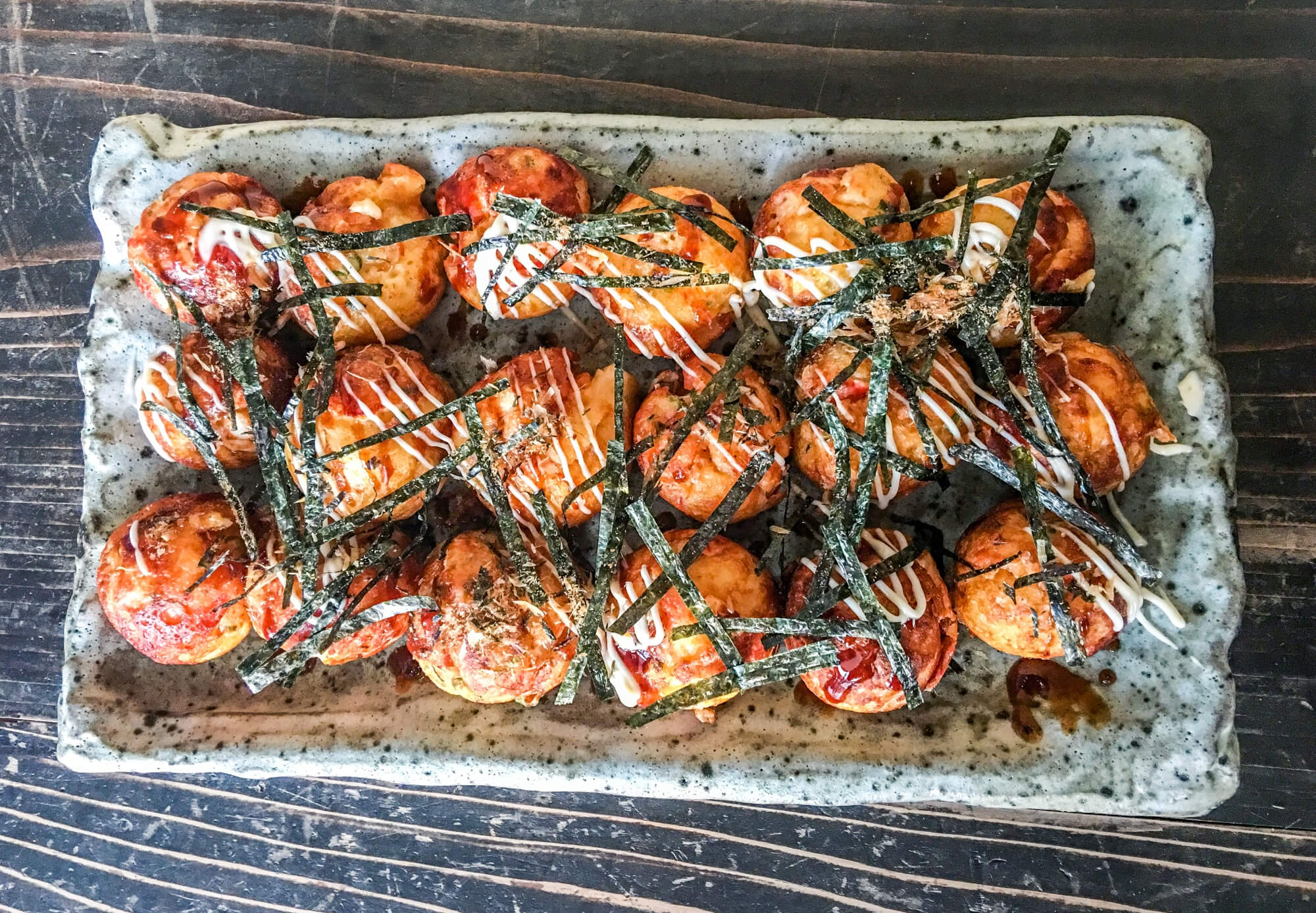
Okonomiyaki
Okonomiyaki is another delicious Japanese snack that resembles a savory pancake. It is made with a batter of wheat flour and dashi (Japanese stock), and mixed with shredded cabbage and other ingredients, such as meat, seafood, cheese, or noodles. It is cooked on a flat griddle (teppan) and topped with a sweet and tangy sauce, mayonnaise, bonito flakes, and seaweed flakes
Okonomiyaki has a unique flavor profile, which can be described as umami, tangy, savory, and slightly sweet. The dashi in the batter gives it a rich and complex taste, while the cabbage adds crunch and freshness. The toppings complement the pancake with their contrasting textures and flavors. The sauce is similar to Worcestershire sauce, but thicker and sweeter. The mayonnaise adds creaminess and richness. The bonito flakes add smokiness and saltiness. The seaweed flakes add a hint of ocean flavor
Okonomiyaki originated in Osaka, Japan, and is one of the most popular dishes in the region. It is also widely enjoyed in Hiroshima, where it has a different style that involves layering the ingredients instead of mixing them. Okonomiyaki is often eaten at specialized restaurants, where customers can cook their own pancakes on the table griddles. It is also a common street food and convenience store item. Okonomiyaki is a symbol of Osaka’s culture and cuisine, and many people visit the city to try it. Okonomiyaki can also be found in other countries, such as Taiwan, Korea, and Thailand, where it has been adapted to suit local tastes.
If you are looking for a tasty and filling snack that will make you feel like you are in Japan, you should definitely try okonomiyaki. It is a simple but satisfying dish that will delight your taste buds and fill your stomach.
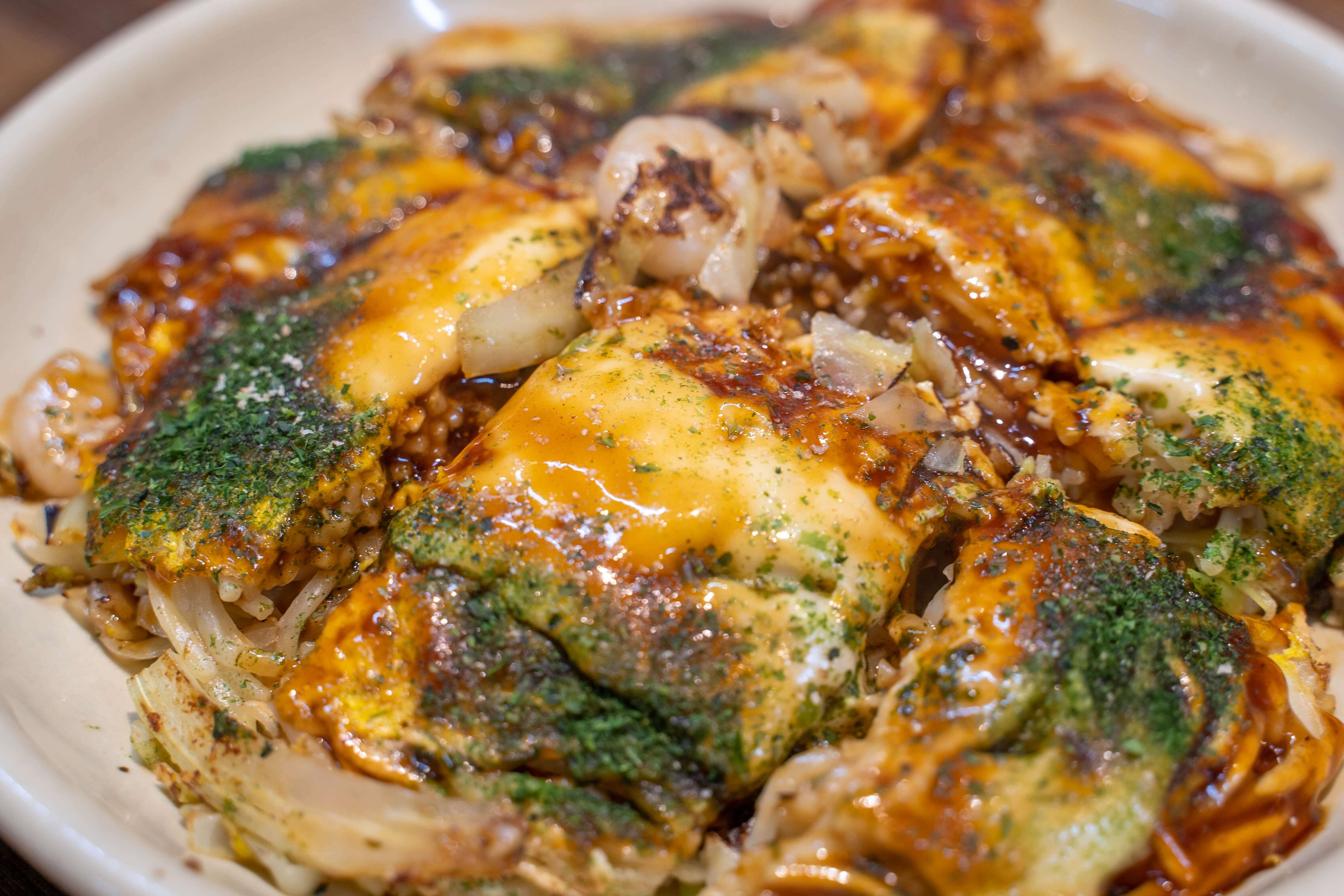
Yakisoba
Yakisoba is a popular Japanese noodle dish that originated from China but has been adapted to suit the Japanese palate and ingredients. It is made with wheat noodles that are stir-fried with meat, vegetables, and a sauce that is similar to Worcestershire sauce.
Yakisoba is often served as street food or festival food, but it can also be enjoyed at home or in restaurants. Yakisoba has many regional variations and toppings, such as mayonnaise, pickled ginger, seaweed, and bonito flakes.
Yakisoba has a delicious flavor that combines the umami of the meat and sauce, the tanginess of the vinegar and pickles, the sweetness of the sugar and ketchup, and the spiciness of the pepper and ginger. The noodles are chewy and springy, while the vegetables are crisp and fresh. The toppings add more texture and flavor to the dish, making it more satisfying and enjoyable.
Yakisoba is a simple but versatile dish that can be customized to your liking. You can use different kinds of meat, such as pork, chicken, beef, or seafood, or make it vegetarian with tofu or mushrooms. You can also add more vegetables, such as carrots, bean sprouts, broccoli, or corn. You can even make your own sauce by mixing soy sauce, oyster sauce, sugar, vinegar, ketchup, and Worcestershire sauce
Yakisoba is a great dish to try if you want to experience a taste of Japan. It is easy to make and fun to eat.
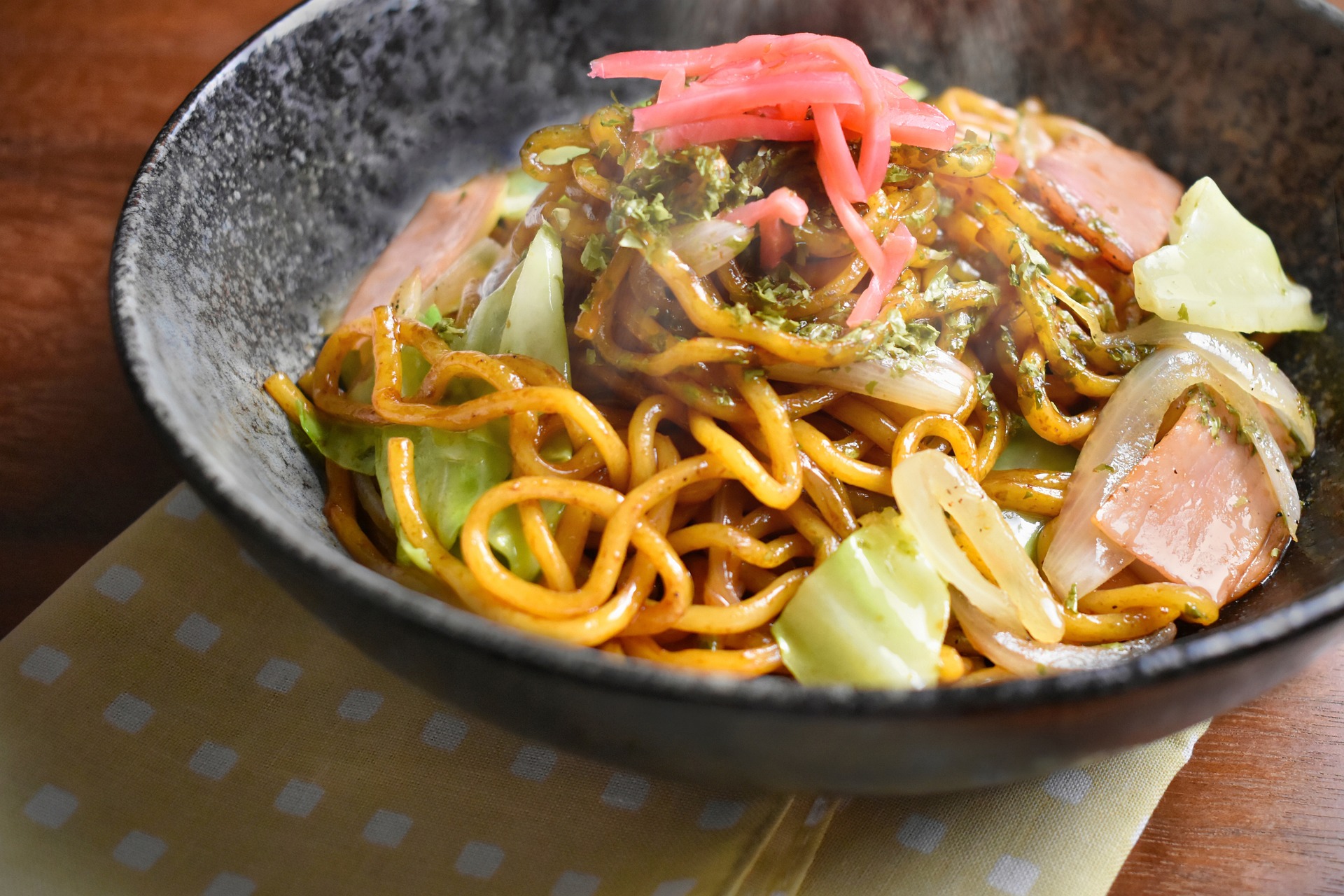
Tempura
Tempura is a delicious Japanese dish that consists of seafood and vegetables that are coated in a light and crispy batter and deep-fried. Tempura is one of the most popular Japanese foods, and it can be enjoyed in various ways and with different sauces.
Tempura has a unique taste that is not heavy or oily, despite being fried. The batter is made of flour, egg, and ice water, which creates a thin and airy layer that protects the ingredients from absorbing too much oil. The ingredients are usually fresh and seasonal, such as shrimp, squid, fish, eggplant, mushroom, pumpkin, and lotus root. They retain their natural flavor and texture inside the batter while becoming crispy and golden on the outside.
Tempura is usually served with a dipping sauce called tentsuyu, which is made of dashi broth, mirin, and soy sauce. Some people also like to add grated daikon radish, ginger, or lemon juice to the sauce for extra flavor. Tempura can also be eaten with salt, mayonnaise, ponzu sauce, or curry sauce.
Tempura originated in Portugal in the 16th century, when Portuguese missionaries introduced the concept of frying food in the batter to Japan. Tempura became popular in Japan during the Edo period, especially in Tokyo (then called Edo), where street vendors sold tempura near the fish market.
Tempura is now considered a traditional Japanese dish, and it can be found in many types of restaurants, from casual to high-end. There are also specialized tempura restaurants called tempuraya, where chefs fry each piece of tempura individually and serve them to customers as soon as they are ready. Tempura can also be eaten as part of other dishes, such as soba noodles, udon noodles, rice bowls, or sushi rolls.
If you want to try a tasty and crispy snack that will make you feel like you are in Japan, you should definitely try Tempura. It is a simple but satisfying dish that will delight your taste buds and fill your stomach. You can find tempura at some Japanese restaurants or make your own at home with a tempura pan and some ingredients.
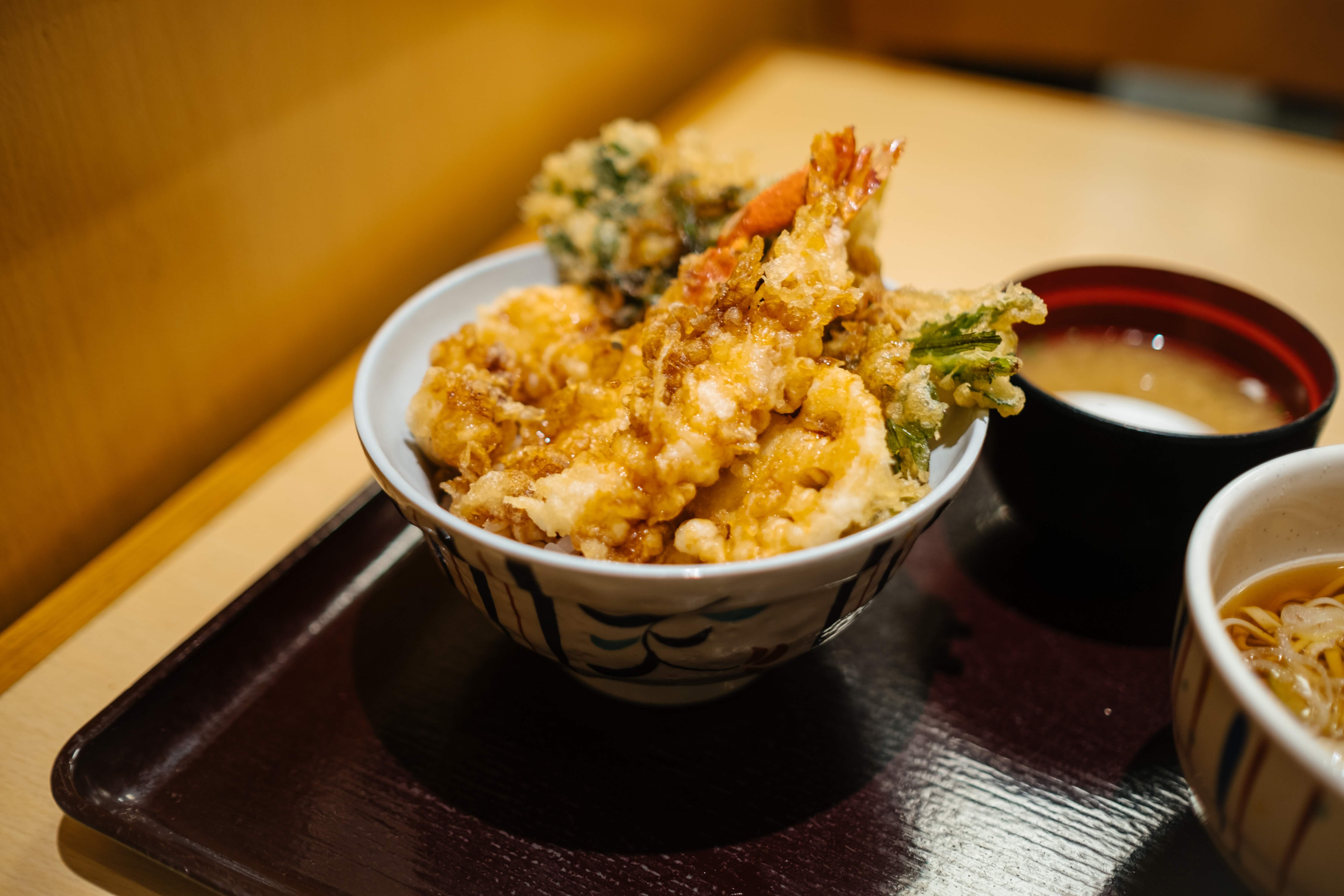
Karaage
Karaage has a unique taste that is influenced by the marinade and the coating. The marinade typically contains soy sauce, sake, garlic, ginger, and sesame oil, which give the food a savory and aromatic flavor. The coating is usually made of wheat flour or potato starch, which creates a light and crunchy crust that seals in the moisture and flavor of the food. The lemon juice adds a refreshing acidity to balance the richness of the fried food, while the mayonnaise adds creaminess and tanginess.
Karaage originated in China, where the technique of deep-frying was introduced to Japan in the 17th century. The word karaage means “deep-fried Chinese style”, as kara refers to the Tang dynasty of China. Karaage became popular as a restaurant food in Japan in the 1930s, especially in Oita prefecture, which is considered the birthplace of karaage.
Karaage is now one of the most popular dishes in Japan, and it can be found in convenience stores, food stalls, pubs, and restaurants. Karaage also has many regional variations and toppings, such as zangi in Hokkaido, tebasaki in Nagoya, chicken nanban in Miyazaki, and gurukun no kara-age in Okinawa.
If you want to try a tasty and crispy snack that will make you feel like you are in Japan, you should definitely try karaage. It is a simple but satisfying dish that will delight your taste buds and fill your stomach. You can find karaage at some Japanese restaurants or make your own at home with a karaage pan and some ingredients.

Dango
Dango is a traditional Japanese dessert that consists of small balls of rice flour and water, usually served on a skewer. Dango has a mild and slightly sweet taste, and can be flavored or coated with various ingredients, such as red bean paste, green tea powder, sesame paste, soy sauce, or walnut paste. Dango is often enjoyed with green tea, especially during festivals and seasonal events.
Dango has a long history in Japan, dating back to ancient times. It is believed that Dango originated from Modak, a sweet Indian dumpling that was used as an offering to the Hindu god Ganesh. Dango was first mentioned in a poem by the famous Japanese poet Sei Shonagon in the Heian period (794-1185).
Dango was also used as an offering to the gods in shrines and as a symbol of perfection and harmony. Dango has many regional variations and cultural significance in Japan, such as hanami dango for cherry blossom viewing, tsukimi dango for moon viewing, and kibi dango for the legend of Momotaro.
Dango is a delicious and versatile dessert that can be enjoyed in different ways and occasions. It is easy to make and fun to eat. You can find Dango at some Japanese restaurants or make your own at home with a dango pan and some ingredients.
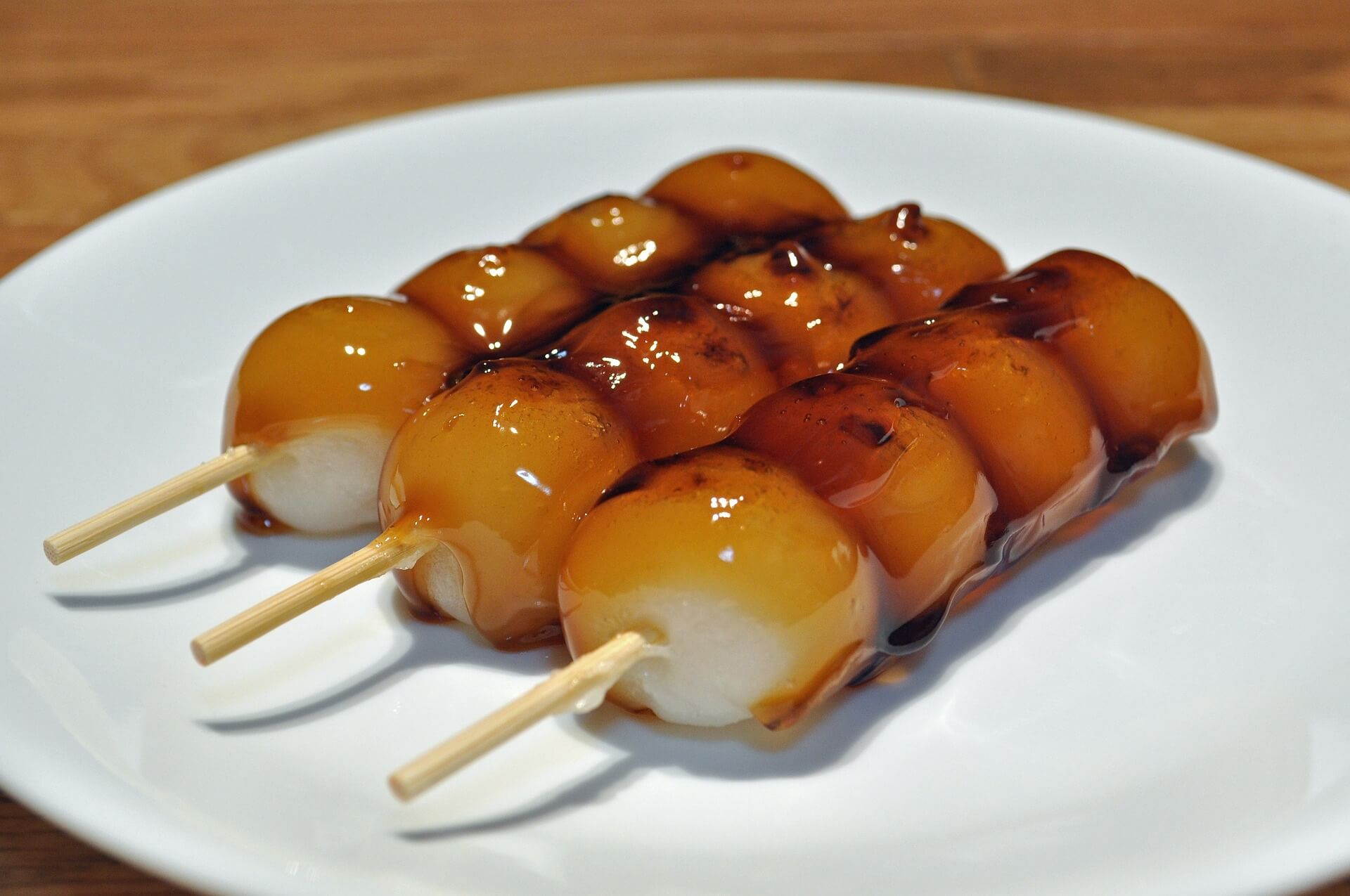
Taiyaki
Taiyaki has a crispy exterior and a soft interior, and it tastes different depending on the filling. The red bean paste is the most traditional and common filling, and it has a sweet and nutty flavor. The custard filling is creamy and smooth, and it can be vanilla or matcha flavored.
The chocolate filling is rich and decadent, and it can be dark or milk chocolate. The cheese filling is tangy and salty, and it can be cream cheese or cheddar cheese. The savory fillings are rare, but they can be spicy, meaty, or cheesy.
Taiyaki was first sold in Japan in 1909 by a store called Naniwaya Sōhonten in Tokyo. It was inspired by another snack called imagawayaki, which is a round cake with red bean paste inside. The store owner decided to make the cake into a fish shape to attract more customers, as fish was considered a symbol of good luck and fortune in Japan.
Taiyaki became very popular and spread to other regions of Japan, where it developed different variations and toppings. Taiyaki is now considered a traditional Japanese snack, and it can be found in many places around the world.
If you want to try a tasty and fun snack that will make you feel like you are in Japan, you should definitely try Taiyaki.
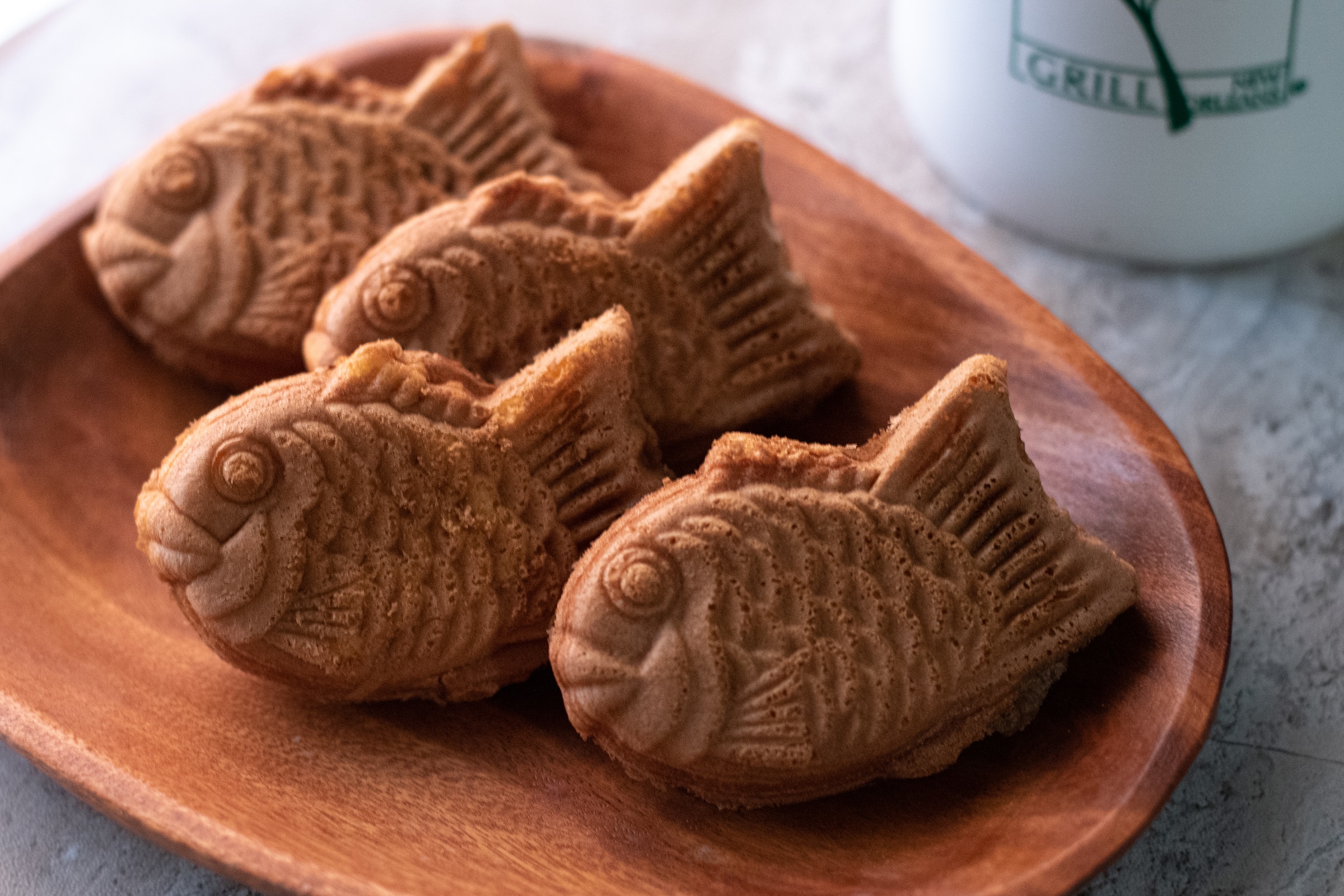
Kakigori
Kakigori is a traditional Japanese dessert that consists of shaved ice with various flavors of syrups and toppings. It is a perfect treat for cooling down on a hot summer day, and it has a long history and cultural significance in Japan.
Kakigori has a mild and slightly sweet taste, and it can be customized to your preference. The shaved ice is very soft, light, and fluffy, and it melts in your mouth like freshly fallen snow. The syrups are usually made from natural fruits, such as strawberry, melon, lemon, cherry, grape, and Japanese citrus.
The toppings can include condensed milk, red bean paste, mochi, ice cream, whipped cream, and more. Some of the most popular kakigori flavors are matcha (green tea), anko (red bean), shirokuma (white bear candy), and ujikintoki (green tea with red bean).
Kakigori originated in China, where the technique of shaving ice was introduced to Japan in the Heian period (794-1185). It was first mentioned in a poem by Sei Shonagon, a lady in the Imperial Court of Japan, who considered it elegant to eat kakigori. Back then, ice was very expensive and only available to the nobility. By the Meiji period (1868-1912), Kakigori became more accessible to the common people, thanks to the invention of machines that could make and shave ice.
Kakigori became popular as a street food and festival food in Japan, especially in Tokyo and Oita. In the 1960s, people could make their own kakigori at home with refrigerators and ice shavers. Nowadays, kakigori is still enjoyed by many people in Japan and around the world, and new ways of making and eating it keep on being created.
If you want to try a tasty and refreshing dessert that will make you feel like you are in Japan, you should definitely try kakigori. It is easy to make and fun to eat. You can find kakigori at some Japanese restaurants or make your own at home with an ice shaver and some ingredients.
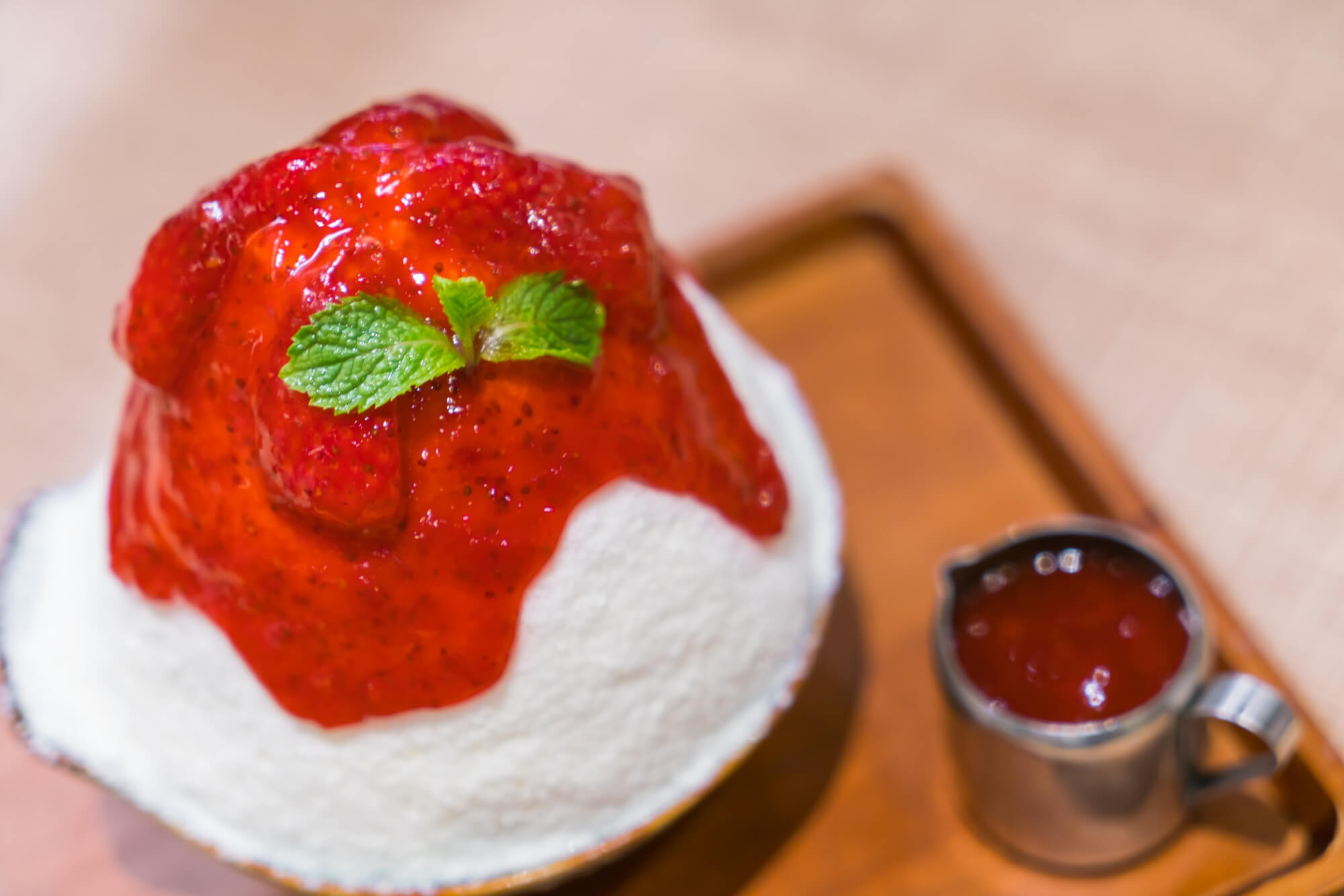
Mochi
Mochi is a type of Japanese rice cake that is made from glutinous rice that is pounded into a paste and shaped into various forms. Mochi can be eaten plain or with different fillings, toppings, or sauces. Mochi has a mild and slightly sweet taste, and a chewy, sticky, and elastic texture. Mochi is a traditional food in Japan, especially for the New Year, but it can also be enjoyed all year round.
There are many types of mochi, each with its own characteristics and flavors. Some of the most common types are:
- Kagami mochi: A ceremonial mochi that consists of two round mochi stacked on top of each other, topped with a mandarin orange. It is displayed as a symbol of good luck and prosperity for the New Year, and eaten on the 11th day of January.
- Sakura mochi: A pink-colored mochi that is flavored with cherry blossom and filled with sweet red bean paste. It is wrapped in a salted cherry leaf and eaten during the spring season to celebrate the cherry blossom festival.
- Daifuku mochi: A round mochi that is filled with various sweet fillings, such as red bean paste, white bean paste, custard, chocolate, or fruit. It is one of the most popular types of mochi and can be found in many flavors and colors.
- Dango: A type of mochi that is made from rice flour instead of pounded rice. It is shaped into small balls and skewered on a stick. It can be grilled, boiled, or fried, and served with different sauces, such as soy sauce, sweet soy sauce, or red bean paste.
- Mochi ice cream: A modern type of mochi that originated in the United States. It is a small ball of ice cream that is wrapped in a thin layer of mochi. It comes in various flavors, such as vanilla, chocolate, strawberry, green tea, or mango.
Mochi is a delicious and versatile snack that can be enjoyed in different ways and occasions. It is easy to make and fun to eat. You can find mochi at some Japanese restaurants.
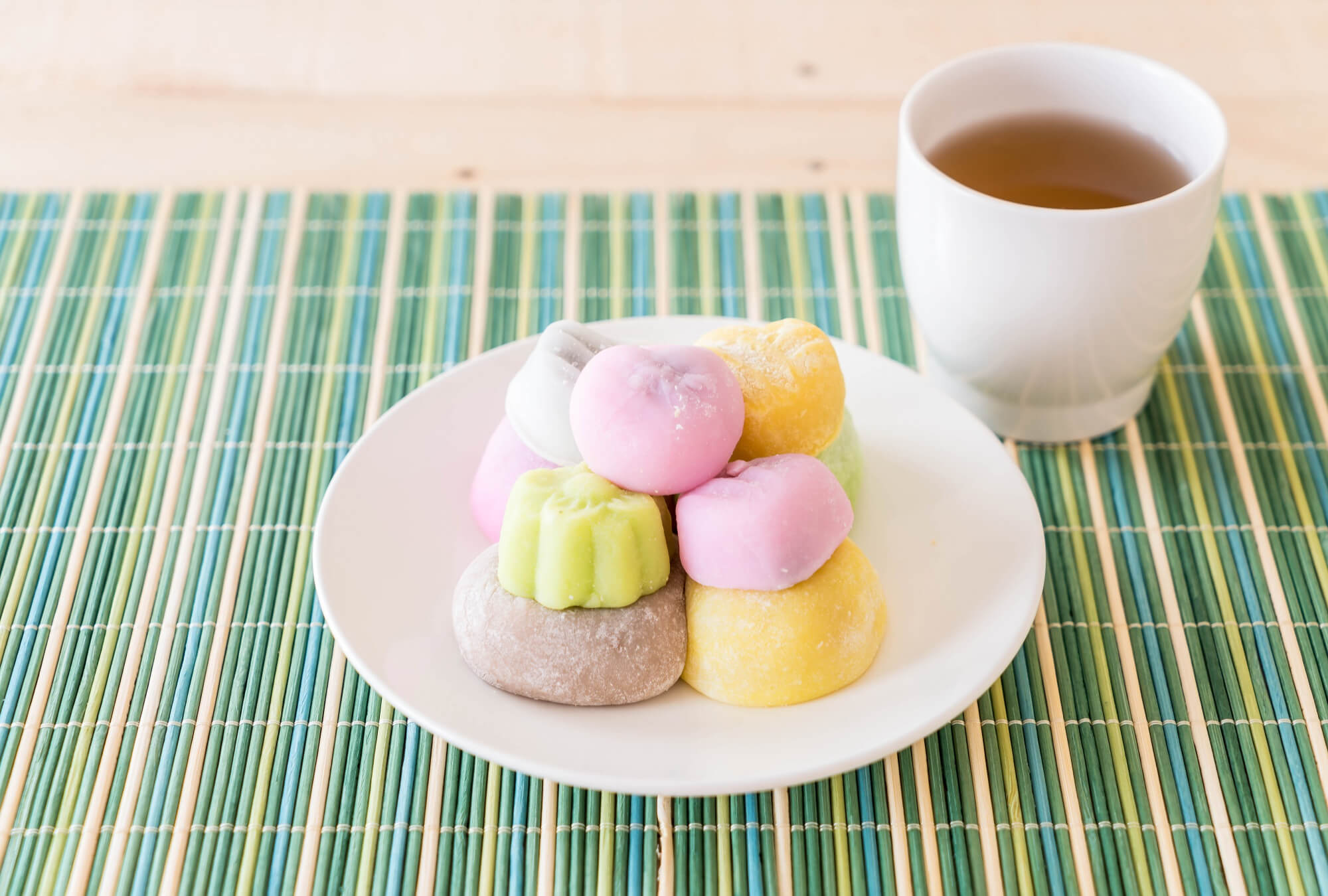
Wagashi
Some of the most common types of wagashi are:
- Namagashi: These are handcrafted sweets that have a soft and moist texture and a beautiful appearance. They are usually filled with anko or fruit paste and decorated with edible flowers, leaves, or seeds. Namagashi are often served at the tea ceremony and express the spirit of hospitality and harmony.
- Daifuku: These are round mochi balls that are stuffed with anko or other fillings, such as strawberries, ice cream, or cheese. They are covered with a thin layer of potato starch to prevent them from sticking together. Daifuku are popular snacks that can be enjoyed all year round, but especially in winter when they are warm and chewy.
- Dorayaki: These are sweet pancakes that are sandwiched with anko or other fillings, such as custard, chocolate, or cheese. They are also known as the favorite snack of Doraemon, a popular anime character. Dorayaki are fluffy and delicious snacks that can be eaten for breakfast or as a dessert.
- Taiyaki: These are fish-shaped cakes that are made of a batter similar to pancake batter and filled with anko or other fillings, such as custard, chocolate, or cheese. They are cooked in a special mold that gives them a crispy exterior and a soft interior. Taiyaki are best eaten hot and fresh when they are still crunchy. Taiyaki are fun and tasty snacks that symbolize good luck and fortune in Japan.
- Manju: These are steamed or baked buns that are filled with anko or other fillings, such as chestnut paste, sesame paste, or meat. They can have different shapes and designs, such as peaches, rabbits, or mushrooms. Manju is a traditional and versatile sweet that can be enjoyed as a snack or a dessert.
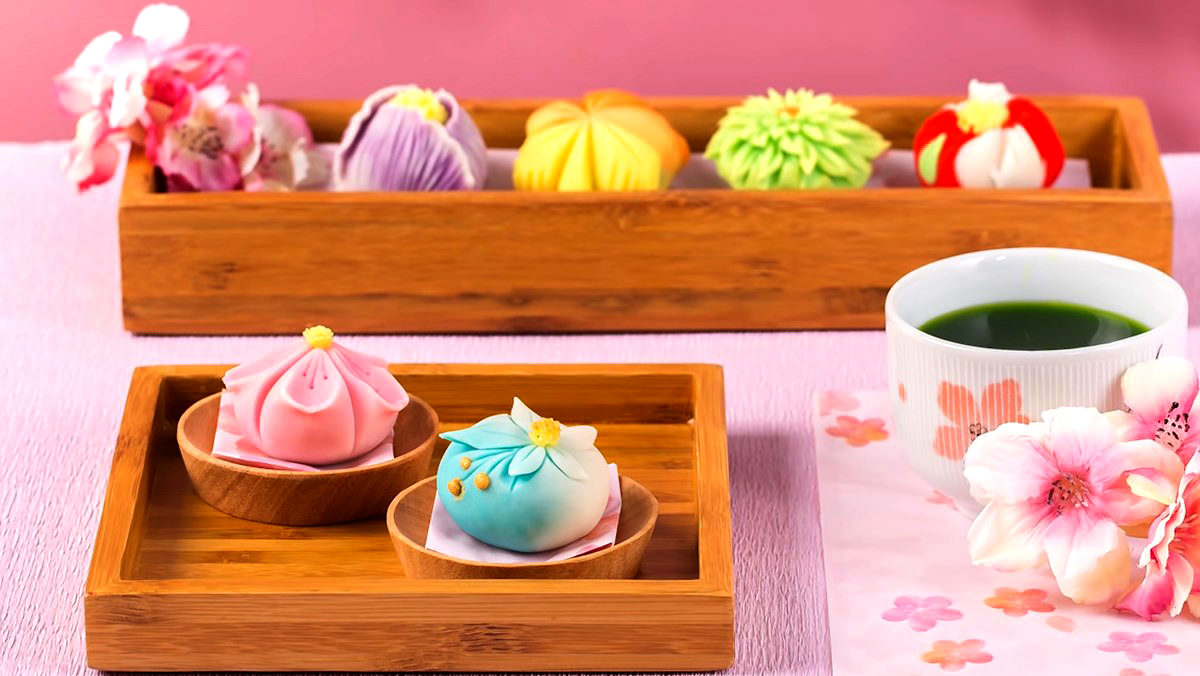
In addition to these popular dishes, there are many other delicious and unique Japanese street foods to discover. With so many options to choose from, you’re sure to find something to your taste. So next time you’re in Japan, be sure to explore the vibrant world of Japanese street foods!
Share your Japanese street foods experience on EatnSmile!
Japan is a wonderland for food reviewers, as it is considered one of the best street food countries in the world. Using the EatnSmile app is a great way to share your Japanese street foods experience with others. The app is easy to use and allows you to rate and review restaurants and dishes. You can also add photos to your reviews, making them more informative and engaging.
When you write a review on the EatnSmile app, you are helping other people find the best Japanese street foods in town. You are also showing your support for local businesses and helping to create a more vibrant and diverse culinary scene.
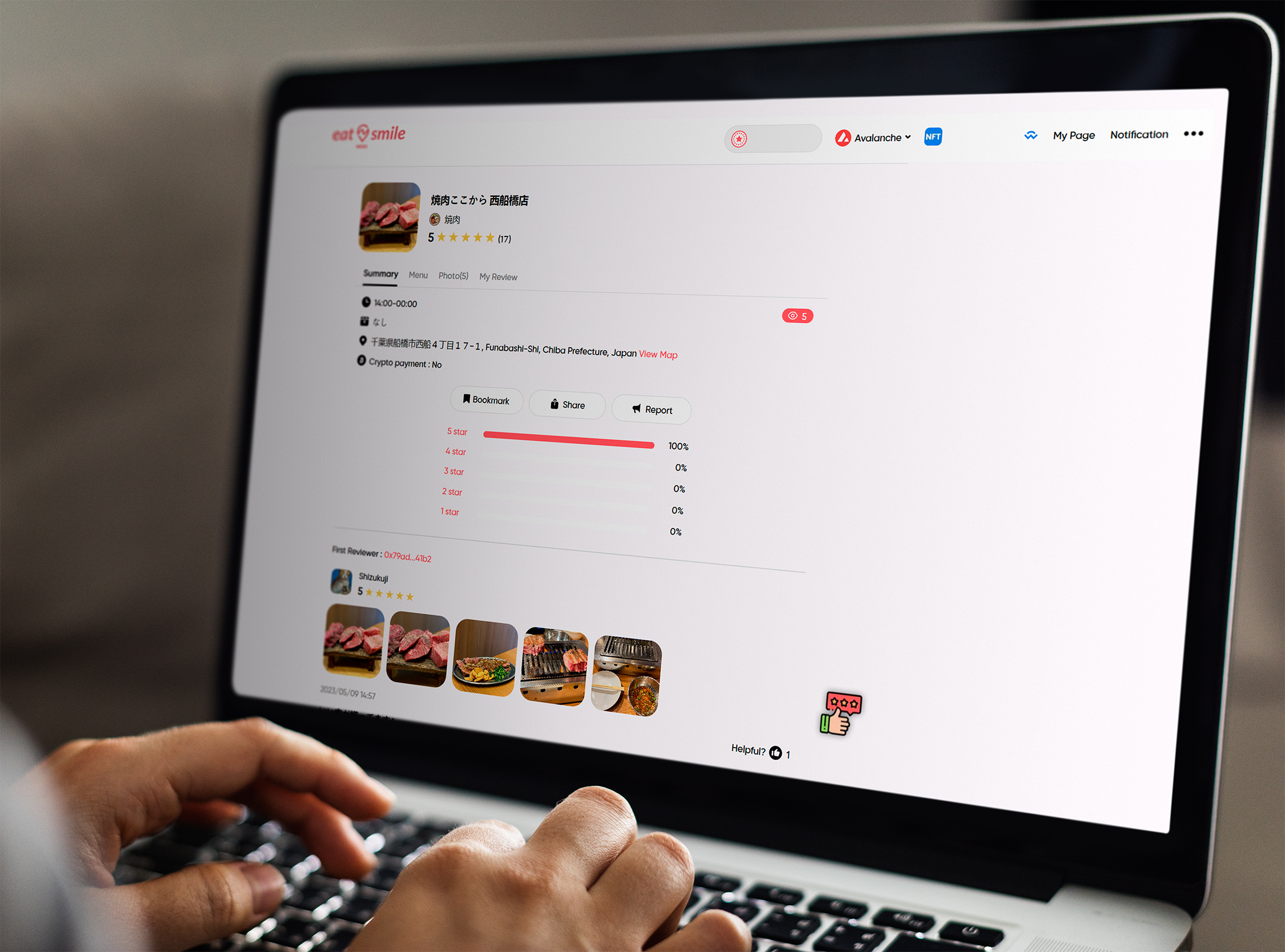
In addition to these benefits, EatnSmile also rewards its users for every contribution they make. This means that you can earn money by sharing your experiences with others. EatnSmile also offers you some tips on How to write a remarkable food review or How to write an excellent restaurant review.
If you are a food reviewer or simply love Japanese street foods, then the EatnSmile app is a great way to connect with others, support local businesses, and earn money.
Summarize
The list above is a recommendation of 10 Japanese street foods that you should not miss out on during your trip to the Land of the Rising Sun. However, there are many more unique street foods to be discovered in Japan, and everyone’s taste is different. So, please consider this list as a starting point for your culinary adventures in Japan.
Here are some tips that can make your Japanese street foods experience memorable:
- Try a variety of different dishes: Trying out Japanese street foods is a great way to sample a wide range of flavors and textures.
- Be adventurous: Don’t be afraid to try something new. You might just find your new favorite dishes!
- Enjoy the experience: Japanese street food adventure is more than just about the food. It’s also about the atmosphere and the people around you. So, take your time, relax, and enjoy the experience.
- Sharing is caring: Happy moments often become more memorable when there’s someone to share them with. You can bring a friend with you on the trip, or you can share it with the EatnSmile community.
Follow EatnSmile on Twitter, Discord, Telegram, and TikTok to keep up with the new updates and receive plenty of interesting blogs.



